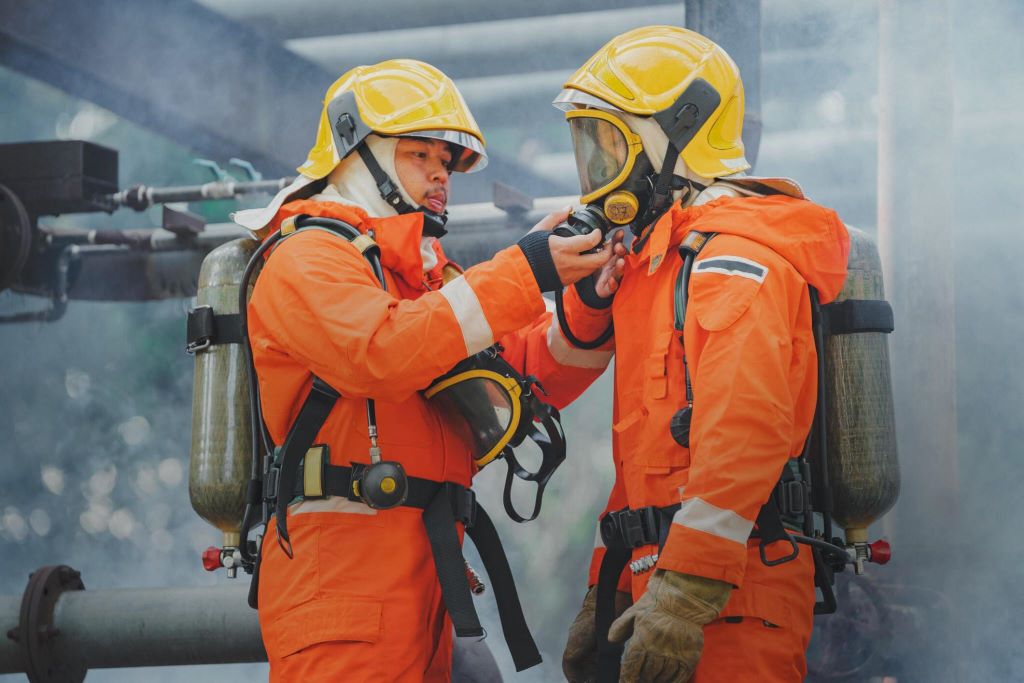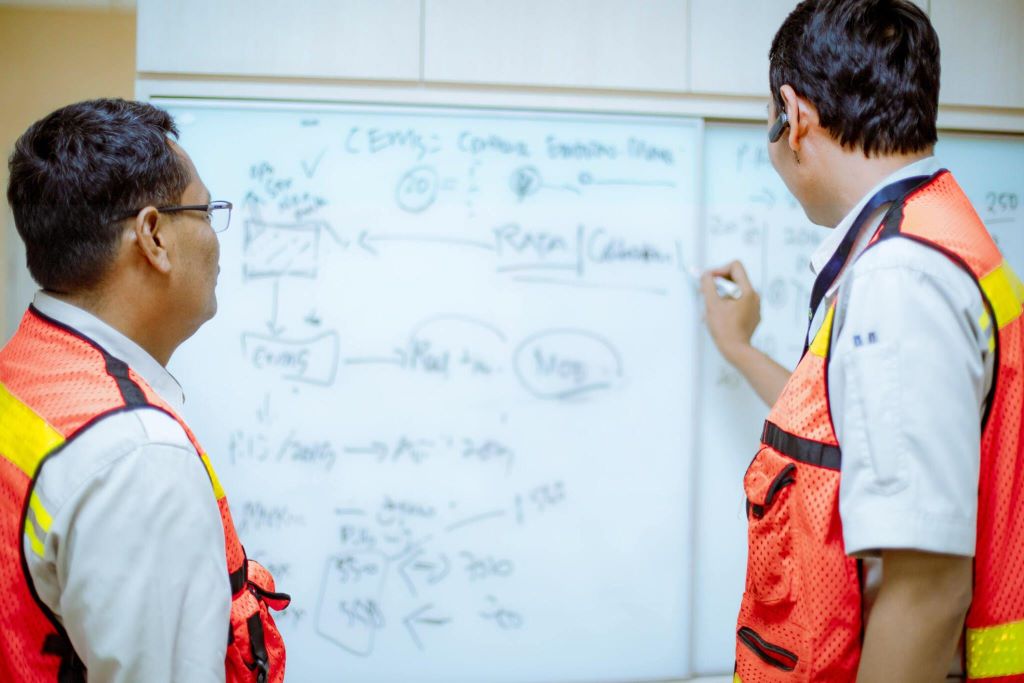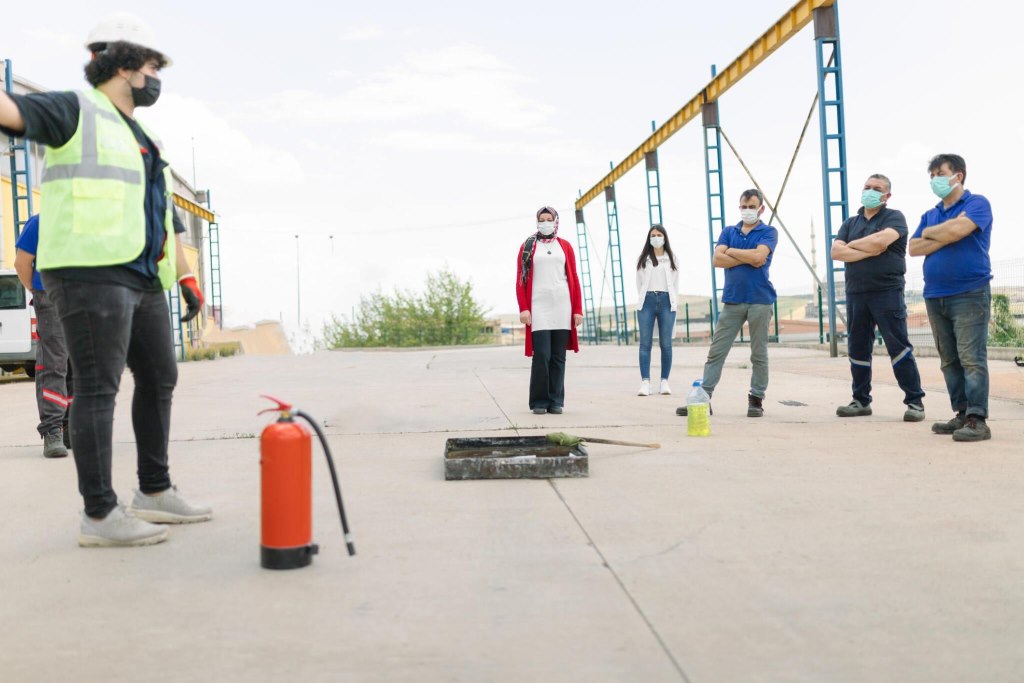Fire safety is a critical aspect of overall safety awareness, both in residential and commercial settings. Understanding fire hazards, prevention measures, and proper response protocols can significantly reduce the risk of fire-related accidents and save lives.
Fire safety courses play a crucial role in promoting safety awareness by equipping individuals with the knowledge, skills, and confidence to prevent fires and respond effectively in emergency situations. If you are looking for more information about fire safety courses, you can contact Wise Global Training.
Importance of Fire Safety Education
Recognizing the significance of fire safety education is crucial for safeguarding lives and property. By imparting knowledge and fostering awareness, we empower individuals to prevent, mitigate, and respond effectively to fire hazards.
Fire Hazards and Risks
Identifying fire hazards and understanding associated risks is essential for ensuring safety in any environment. From electrical faults to flammable materials, proactive measures mitigate potential dangers and protect lives and property.
- Fires can occur in various environments, including homes, workplaces, schools, and public spaces.
- Understanding common fire hazards, such as electrical malfunctions, cooking accidents, and flammable materials, is essential for preventing fires
Prevention and Preparedness
The importance of prevention and preparedness in fire safety cannot be overstated. By implementing proactive measures and equipping individuals with necessary skills, we minimize risks, mitigate potential disasters, and safeguard lives, property, and the environment.
- Fire prevention measures, such as proper storage of flammable materials and regular maintenance of electrical systems, can significantly reduce the likelihood of fires.
- Preparedness involves having evacuation plans, fire extinguishers, smoke detectors, and knowledge of emergency protocols in place to respond effectively to fires.

Key Components of Fire Safety Courses
The key components of fire safety courses encompass comprehensive understanding of fire behavior, prevention strategies, emergency response protocols, evacuation procedures, proper handling of fire safety equipment.
1. Fire Prevention Techniques
Fire prevention techniques encompass a range of proactive measures aimed at reducing the likelihood of fire incidents. These include proper storage of flammable materials, regular maintenance of electrical systems, implementation of smoking policies, training in fire safety procedures, and promotion of awareness among individuals.
- Fire safety courses cover various prevention techniques, including identifying fire hazards, practicing proper storage and handling of flammable materials, and maintaining fire-safe environments.
- Participants learn how to conduct fire risk assessments and implement preventive measures to mitigate potential fire hazards.
2. Emergency Response Procedures
Emergency response procedures entail swift and coordinated actions to mitigate risks and ensure safety during crises. Training, communication, and adherence to protocols are paramount for effective response and resolution.
- Fire safety courses provide comprehensive training on emergency response procedures, including evacuation drills, fire alarm activation, and safe evacuation routes.
- Participants learn how to respond calmly and effectively in the event of a fire, including using fire extinguishers, assisting others in evacuating, and communicating with emergency services.
Impact of Fire Safety Courses on Safety Awareness
Fire safety courses significantly enhance safety awareness by imparting vital knowledge and skills, empowering individuals to recognize hazards, prevent incidents, and respond effectively to emergencies, ultimately saving lives and property.
1. Empowering Individuals with Knowledge and Skills
Empowering individuals with knowledge and skills equips them to make informed decisions, take proactive measures, and effectively navigate challenges, fostering professional growth, resilience, and success in various endeavors.

- Fire safety courses empower individuals with the knowledge and skills needed to recognize fire hazards, prevent fires, and respond effectively in emergency situations.
- Participants gain confidence in their ability to protect themselves and others from fire-related risks, both at home and in the workplace.
2. Promoting a Culture of Safety
Promoting a culture of safety cultivates a shared commitment to prioritize well-being, mitigate risks, and uphold standards of precaution, fostering a resilient and developing learning environment for all stakeholders.
- By raising awareness about fire safety principles and best practices, courses contribute to fostering a culture of safety within communities and organizations.
- Increased safety consciousness leads to proactive measures, improved safety protocols, and a collective commitment to preventing fires and minimizing risks.
Fire Safety Courses in Different Settings
Fire safety courses adapt to diverse settings, catering to specific needs of industries, workplaces, homes, and public spaces, ensuring comprehensive preparedness and adherence to safety protocols across various environments.
1. Workplace Fire Safety Training
Workplace fire safety training instills essential knowledge and skills, empowering employees to identify hazards, respond effectively to emergencies, and maintain a safe working environment, reducing risks and ensuring preparedness.
- Many organizations provide fire safety training for employees to comply with occupational health and safety regulations and protect their workforce.
- Workplace fire safety courses focus on specific hazards and emergency response procedures relevant to the workplace environment.
2. Community Fire Safety Programs
Community fire safety programs engage residents through education, drills, and outreach initiatives, fostering collaboration and preparedness to prevent fires, minimize risks, and ensure the safety of neighborhoods.
- Fire departments and community organizations often offer fire safety courses and workshops to educate residents about fire prevention and preparedness.
- These programs may include home fire safety assessments, smoke alarm installations, and outreach initiatives to vulnerable populations.
Evaluating the Effectiveness of Fire Safety Courses
Evaluating the effectiveness of fire safety courses involves assessing knowledge retention, skill application, and behavioral changes, enabling continuous improvement to ensure optimal preparedness and response capabilities.
A. Pre/ Post-Assessments
Pre- and post-assessments in fire safety courses gauge initial knowledge levels and measure progress, providing valuable insights into learning outcomes and informing tailored instructional approaches for enhanced effectiveness.

- Assessments conducted before and after fire safety courses measure participants’ knowledge, skills, and confidence levels.
- Comparing pre- and post-assessment results helps evaluate the effectiveness of the courses and identify areas for improvement.
B. Incident Tracking and Analysis
Incident tracking and analysis in fire safety initiatives identify patterns, root causes, and trends, facilitating informed decision-making, targeted interventions, and continuous improvement in risk mitigation strategies.
- Monitoring fire incident data before and after implementing fire safety courses provides insights into their impact on reducing fire incidents and mitigating risks.
- Analyzing incident reports allows organizations to identify trends, root causes, and areas for targeted intervention.
Conclusion
Fire safety courses play a vital role in promoting safety awareness and empowering individuals to prevent fires and respond effectively to emergencies.
By providing comprehensive education and training on fire prevention, emergency response, and regulatory compliance, these courses contribute to creating safer homes, workplaces, and communities.
Investing in fire safety education is an investment in the safety and well-being of individuals and society as a whole.



